A woman painted by another woman in the seventeenth century. It is a peculiar painting, the history of which we know all about, that has just been acquired by the Museum of Fine Arts , Boston, which brings into its collection the Portrait of Gertrude Savile, a work by Mary Beale (Suffolk, 1633 - London, 1699), an English painter from17th-century England, who was highly successful in her lifetime, while little known today, especially outside her native country, where most of her work is preserved (the main core is at Moyse’s Hall Museum in Bury St Edmunds, Suffolk, the land where Beale was born in 1633). The Museum of Fine Arts, Boston, therefore considers itself proud to be one of the first museums in the United States to acquire a work by the British artist.
The painting, circa 1679, which was sold to the museum by the Peter Harrison Fine Arts gallery, depicts Gertrude Savile (née Pierrepont), Marchioness of Halifax, and is believed to be one of the English artist’s most significant works. Made when Mary Beale was at the height of her career, it is a splendid portrait of the marquise, the youngest daughter of William Pierrepont and Elizabeth Harries. Her father was an influential politician, parliamentarian during the Civil War and the Protectorate period, and in 1660, after the restoration of Charles II, still elected to the new Council of State. William Pierrepont and his family were important patrons of Mary Beale, who painted a portrait of the politician in the mid-1770s, and around the same time painted portraits of his daughter and son-in-law, namely the Duke and Duchess of Newcastle. Similarly, the family of Gertrude’s husband, George Savile, first marquis of Halifax, had already turned to Mary Beale: in fact, George’s uncle, Henry Coventry, was portrayed by the painter in 1677.
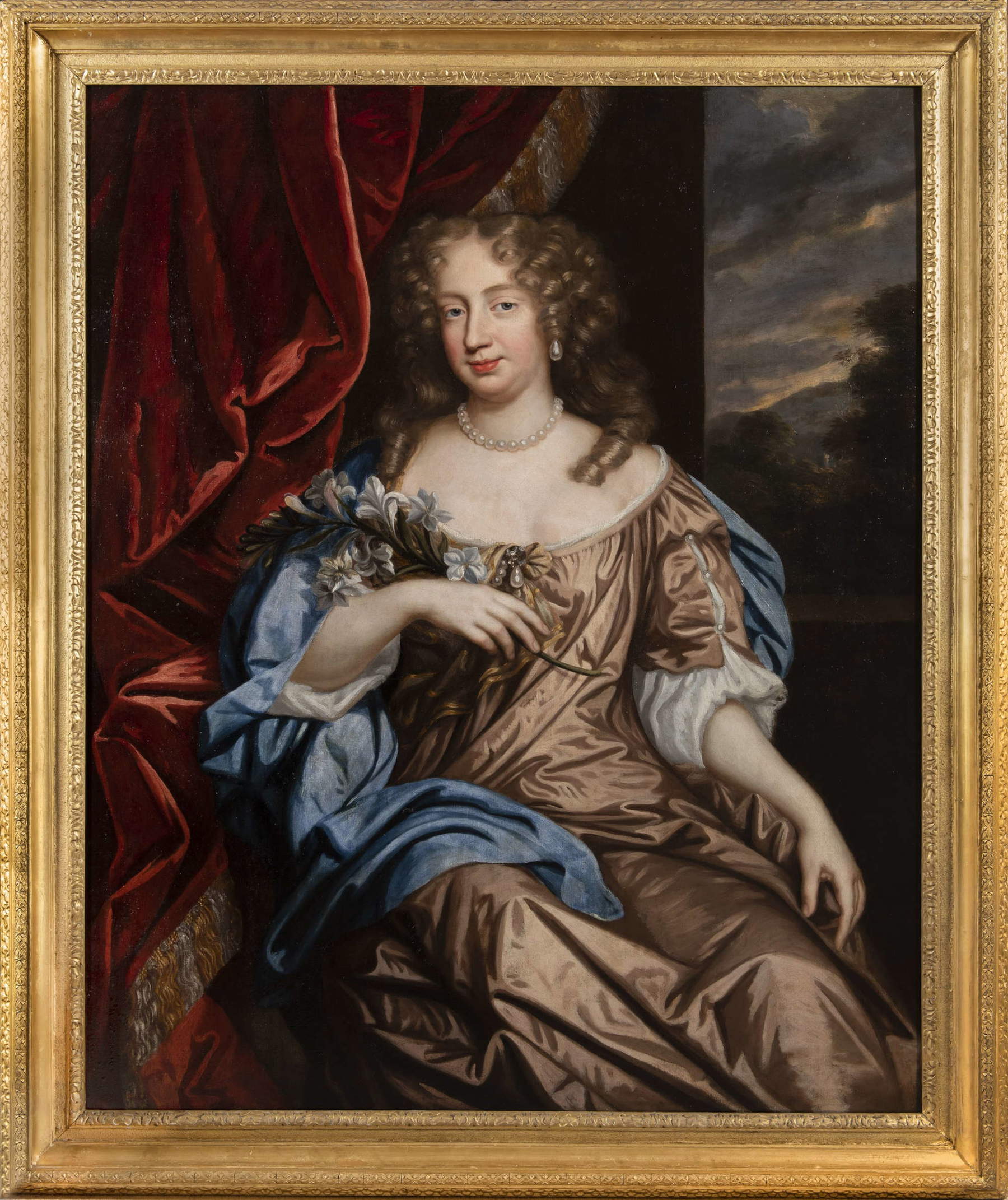
It was during this period, between 1676 and 1677, that George Savile may have developed the idea of commissioning Mary Beale to paint a portrait of his wife, to hang as a pendant to his slightly earlier depiction. It was in 1679, around the time this portrait was painted, that George Savile was elevated to the rank of nobility with the title Earl of Halifax and thus may have wanted to commission a portrait of his wife to celebrate this important event. The fact that Beale has, somewhat unusually, positioned the subject looking to the right within the composition, rather than in the traditional left-looking position, would seem to support the hypothesis that the portrait originated in relation to another work.
When this portrait was painted Mary Beale was at the height of her artistic success. 1677 was the most profitable year ever recorded for the painter, with her eighty-three commissioned paintings earning her the considerable sum of £429 (the equivalent of about 100,000 euros today). If one looks at the portrait of Katherine Lowther, Viscountess Lonsdale, from this period, the stylistic and compositional similarities to this work become apparent. Katherine was the daughter of Sir Henry Thynne and Mary Coventry and thus a cousin of Lord and Lady Halifax. Lady Lonsdale’s portrait was one of twenty-four commissioned by the Lowther family in 1677, a significant number of which were given to Lady Lowther’s brother Thomas Thynne, 1st Viscount Weymouth, and are still owned by the family.
Commissions dating back to the 1670s show that Beale painted some of the most important figures in the Court of the Restoration period and that she was clearly an artist particularly in vogue among the nobility, despite the fact that the king’s principal painter, Peter Lely, was still working until his death in 1680. Lord and Lady Halifax lived in the vast Halifax House in St. James’s Square in London. This was a dwelling located just a few meters away from Mary Beale’s home and studio on Pall Mall, which was next door to the Golden Ball Inn, so the location would have been particularly convenient for posing sessions (in any case, Beale also painted a copy of the earlier portrait of Gertrude done by Peter Lely, which almost certainly hung in Halifax House at the time).
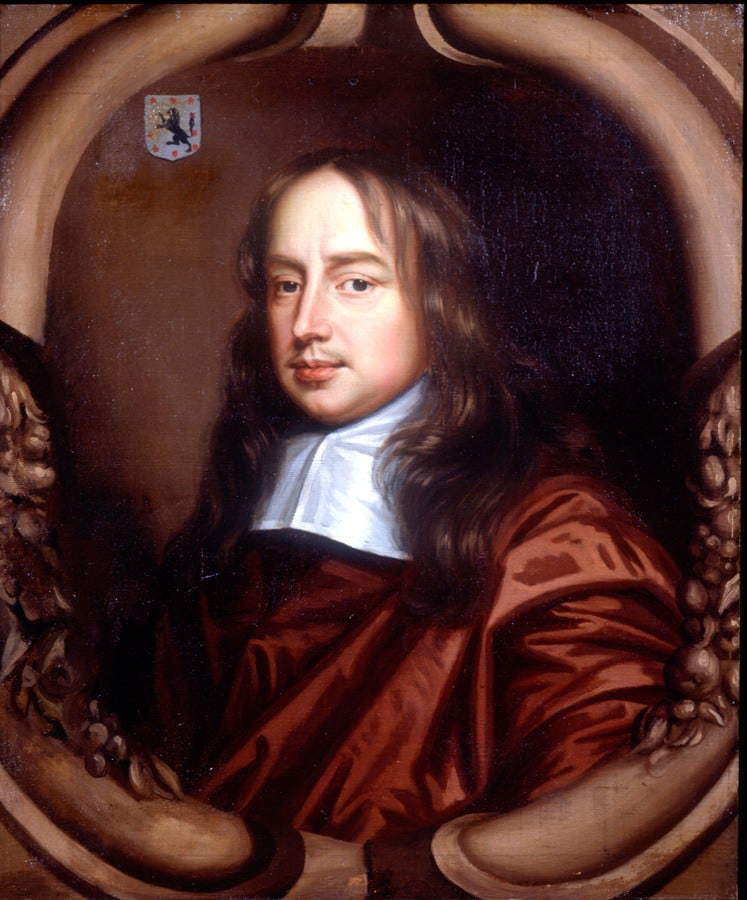
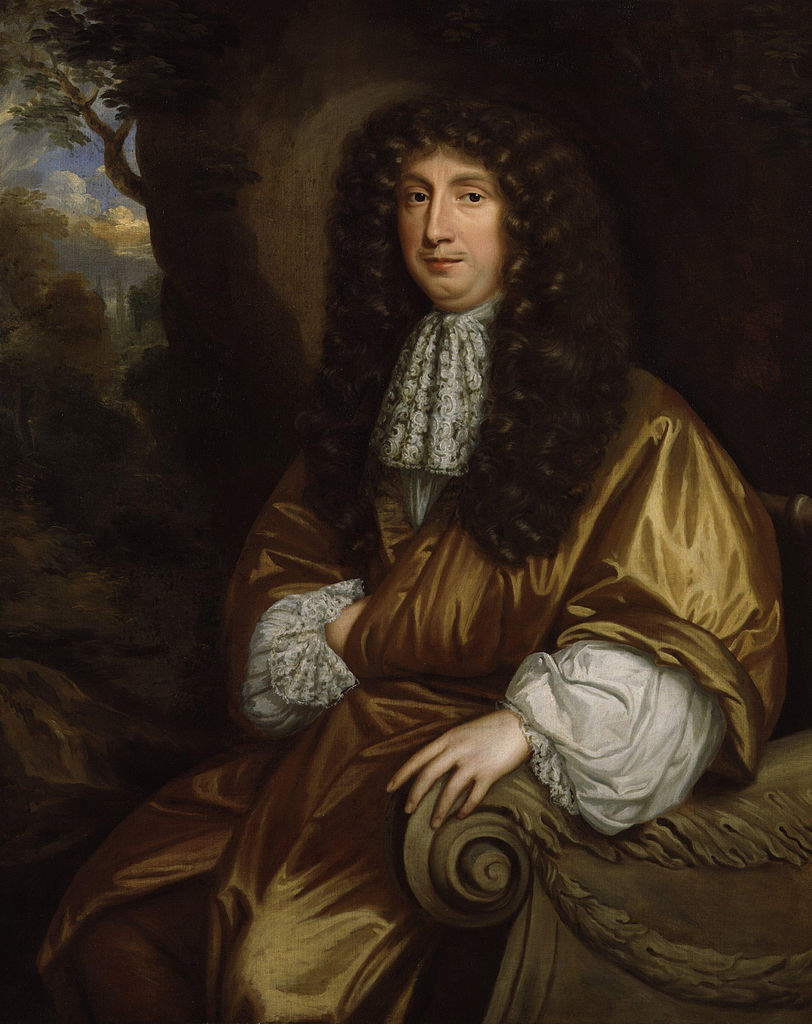 Mary Beale, Portrait of
Mary Beale, Portrait of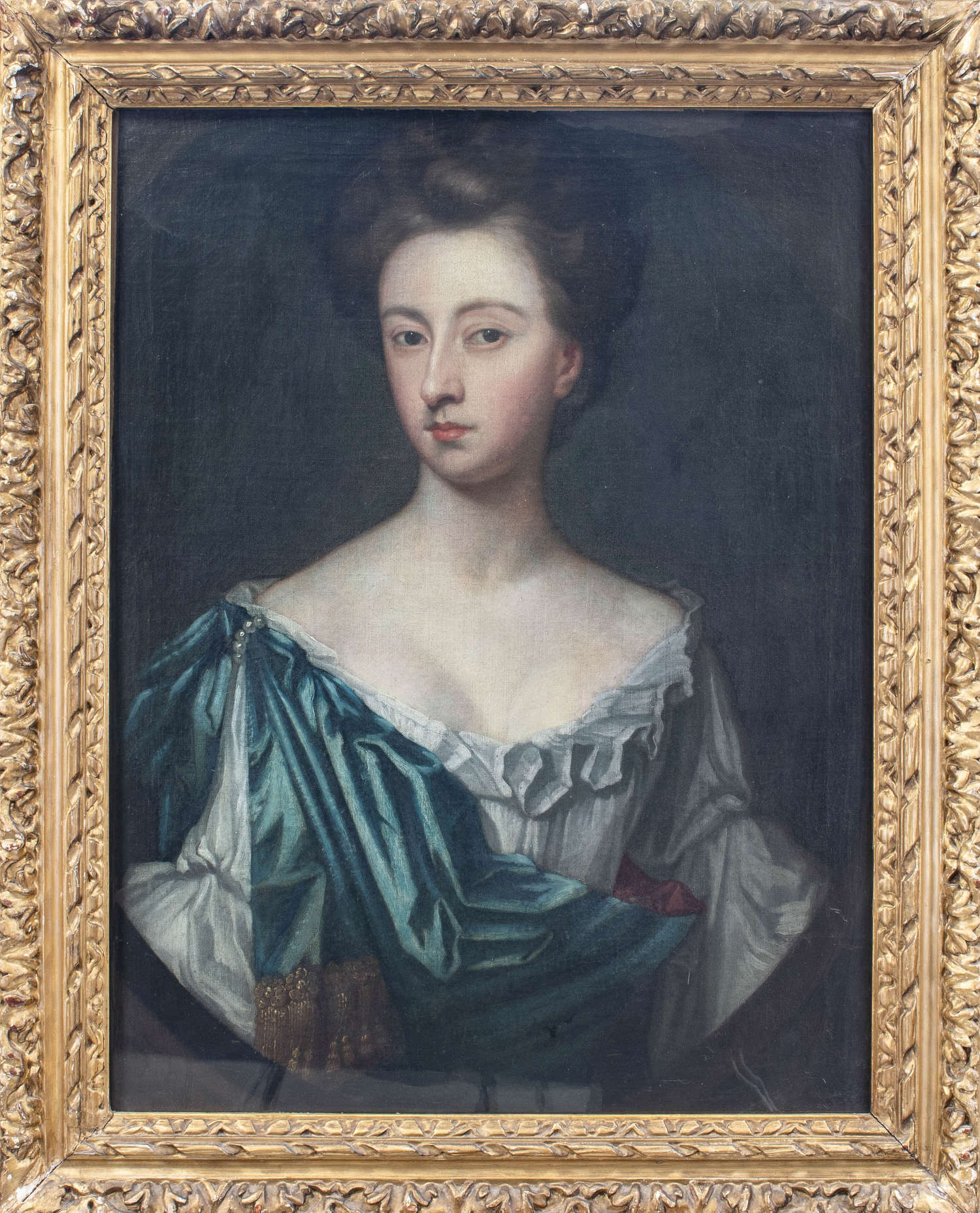 Mary Beale, Portrait
Mary Beale, PortraitHalifax House was the grandest property in St James’s Square and boasted 50 rooms with the luxury of river water piped into the marquis’ bath. This portrait most likely hung there until Gertrude left Halifax House for a large house in Park Place in 1698. It seems most likely that Lady Halifax took the portrait with her and from here left it to her nephew, Philip Dormer Stanhope, the future fourth Earl of Chesterfield and son of her only daughter, Elizabeth “Betty” Stanhope, Countess of Chesterfield, as her husband’s portrait went instead to her Savile cousins in Rufford Abbey. Philip Stanhope’s father, Lady Halifax’s son-in-law and third Earl of Chesterfield, was absent throughout his son’s upbringing, and after the death of Gertrude’s daughter in 1708, young Philip was raised almost exclusively by his grandmother until he went to university at Trinity Hall, Cambridge. Lady Halifax adored her grandson, and Matthew Maty, Lord Chesterfield’s physician and first biographer, wrote that “Lady Halifax’s understanding and wit were still surpassed by the goodness of her heart.” This portrait would thus serve him as a reminder of his beloved grandmother after her death in 1727. After inheriting the painting, Lord Chesterfield took it from London to his country residence at Bretby Hall in Derbyshire, where it remained until it was in turn inherited by George Herbert, fifth Earl of Carnarvon after the death of his grandmother, Anne Weld-Forester, Countess of Chesterfield, in 1885. Later, Lord Carnarvon took the portrait to his London residence at 13 Berkeley Square where it hung when Christie’s sold it in 1918.
It was only in her later years that Mary Beale’s life and career really came to light, an unfortunate consequence of a nineteenth-century predilection for male artists. However, as academia began to explore Beale’s work in depth, her extraordinary talent for capturing a model’s personality became apparent. The fact that during her lifetime she painted some of the most prominent members of society, and was praised by great artists, lets us know that she was truly considered one of the greatest artists of her time.
“This portrait,” says Frederick Ilchman, curator of European art at the Museum of Fine Arts, Boston, “is full of beautiful detail. I love the bronze sheen of the dress and the vivid blue of her gown and eyes. Note how Beale captured the play of light on the curls of hair. We selected this portrait over others on the market for its grandeur and because it depicts an identifiable subject.”
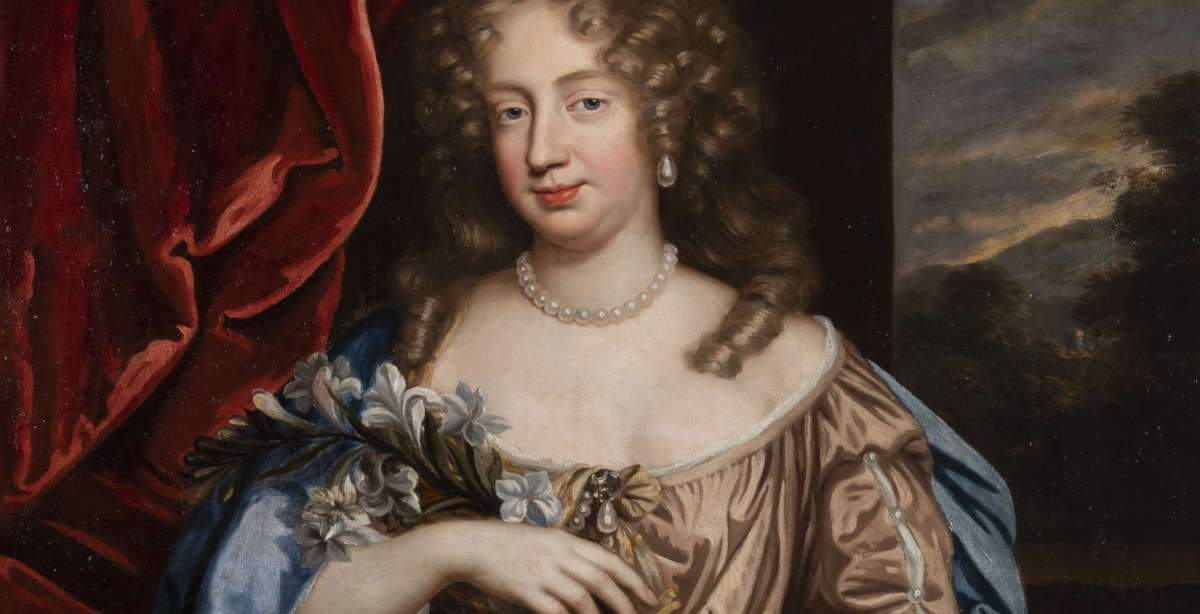 |
| A woman painted by another woman: the Boston MFA acquires Mary Beale's masterpiece |
Warning: the translation into English of the original Italian article was created using automatic tools. We undertake to review all articles, but we do not guarantee the total absence of inaccuracies in the translation due to the program. You can find the original by clicking on the ITA button. If you find any mistake,please contact us.